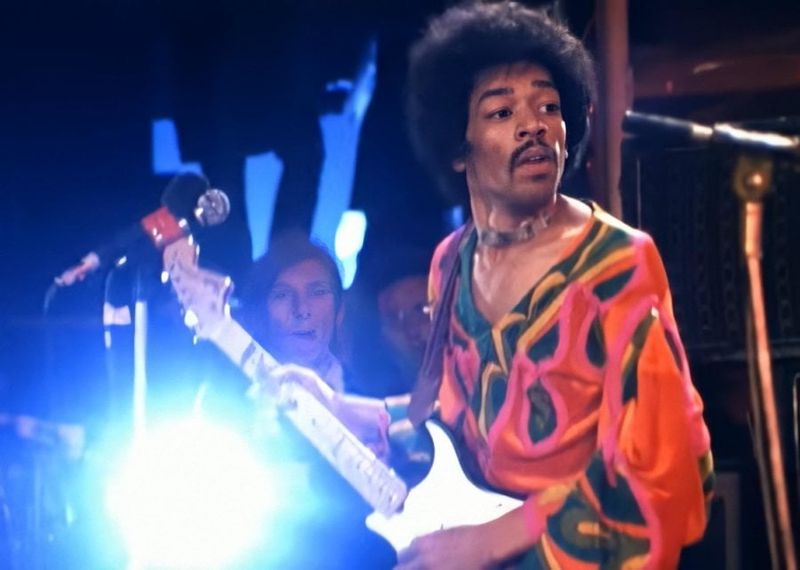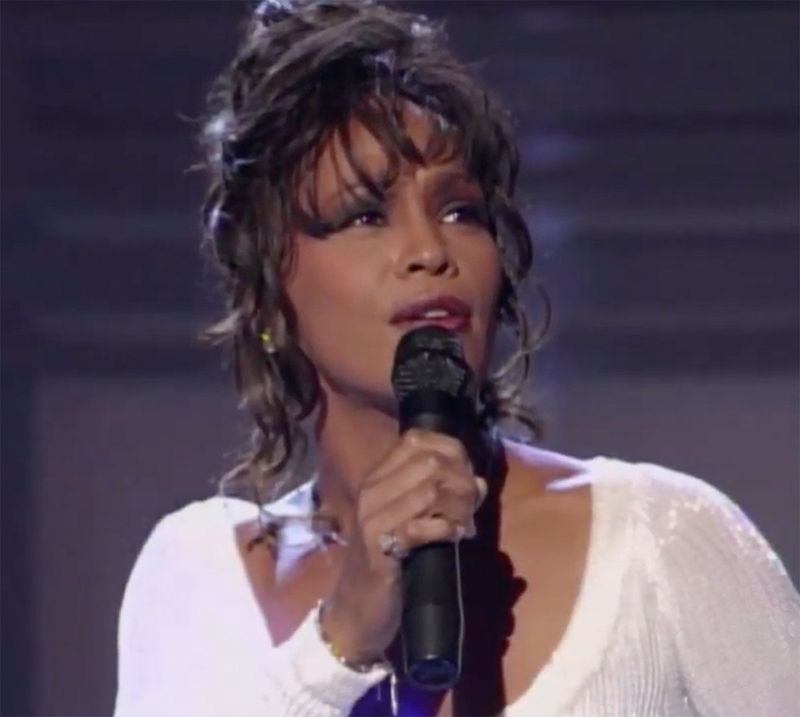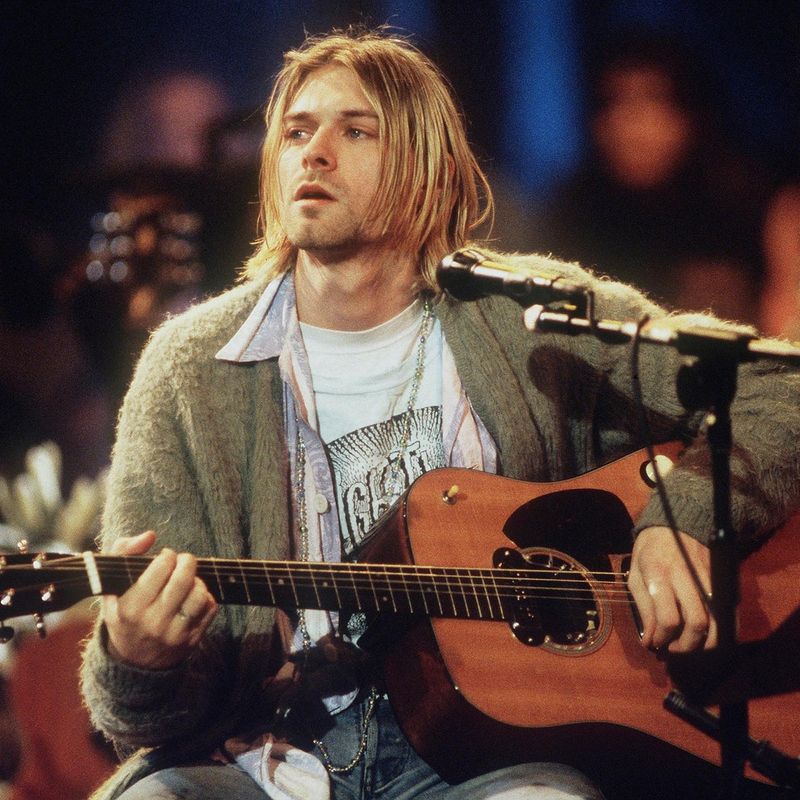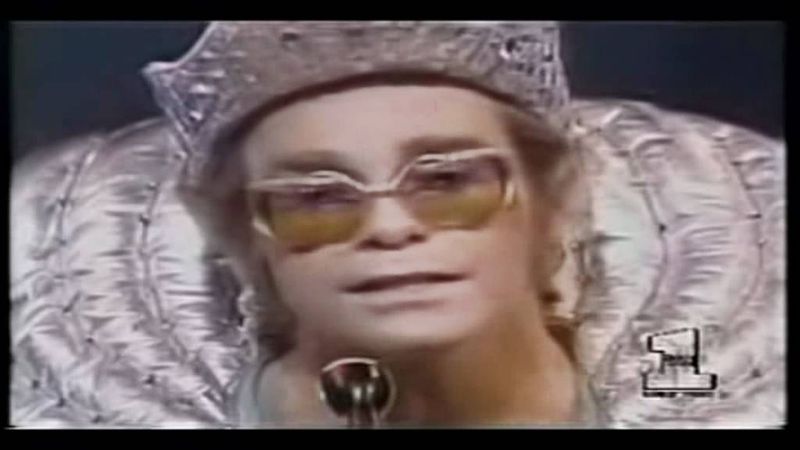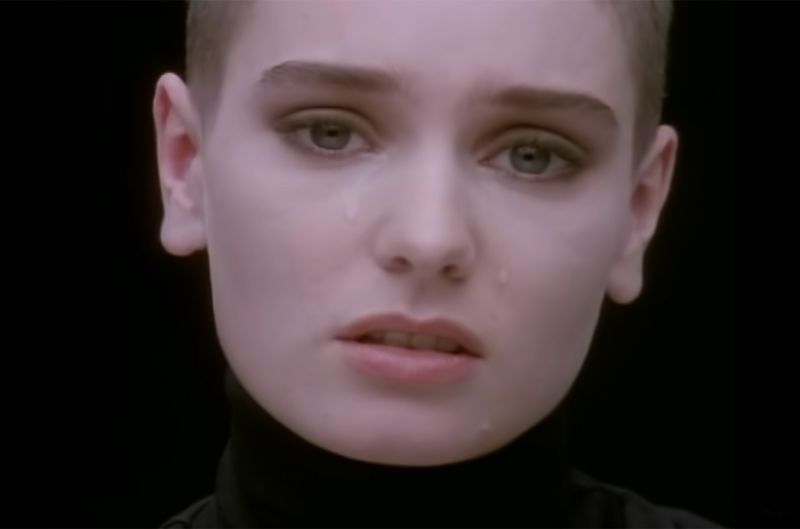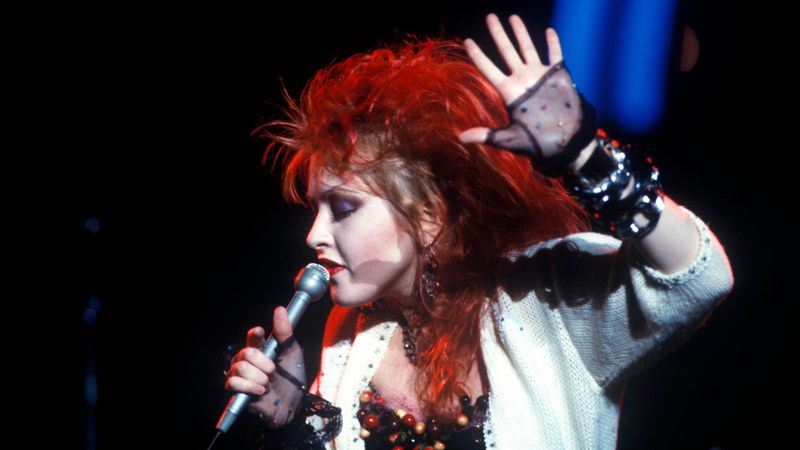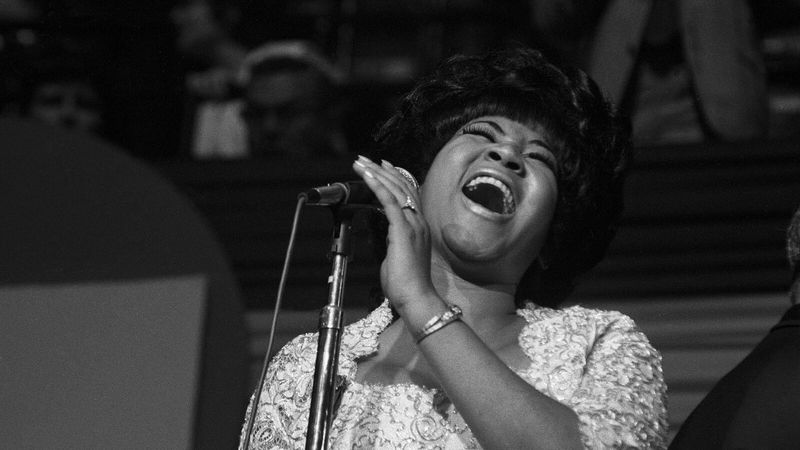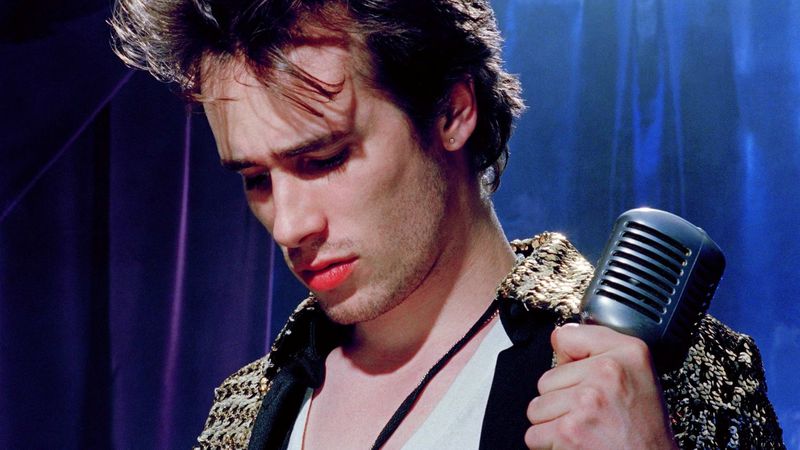Cover songs often breathe new life into original tracks, creating fresh interpretations that may delight or dismay the original artists. Whether restructuring the melody or altering the emotion, cover versions can sometimes overshadow their predecessors, leading to mixed feelings from the original creators. This list explores 15 cover songs that, despite finding success, were initially met with displeasure or discomfort by those who gave them life first.
1. “Hurt” – Johnny Cash (Original by Nine Inch Nails)
Trent Reznor of Nine Inch Nails initially reacted with discomfort to Johnny Cash’s cover of “Hurt.” He likened the experience to watching another person kiss your girlfriend. Cash’s version, imbued with raw vulnerability, transformed the industrial rock song into a haunting ballad of regret and mortality. Over time, Reznor came to recognize the profound impact of Cash’s rendition, admitting that the song no longer belonged to him. The cover has since been celebrated for its emotional depth, reinforcing Cash’s legacy as a musical icon, and leaving an indelible mark on both fans and the original artist.
2. “All Along the Watchtower” – Jimi Hendrix (Original by Bob Dylan)
Bob Dylan found himself both flattered and overshadowed by Jimi Hendrix’s electrifying version of “All Along the Watchtower.” Hendrix infused the song with his signature guitar prowess, transforming it into a rock anthem that many associate more with him than Dylan. Initially uneasy about how Hendrix’s rendition outshone his original acoustic version, Dylan later embraced it. He even began performing the song in Hendrix’s style during live shows. This cover exemplifies how a song can evolve and take on new life, influencing not only listeners but also the very artists who first created it.
3. “Sweet Child O’ Mine” – Sheryl Crow (Original by Guns N’ Roses)
Sheryl Crow’s rendition of “Sweet Child O’ Mine” took a dramatic detour from Guns N’ Roses’ hard rock roots. Her slowed-down, country-inspired version left Slash and Axl Rose far from pleased. Slash labeled it “unlistenable,” while Rose reportedly despised the reinterpretation. Despite these strong opinions, Crow’s cover found its audience in a different genre, showcasing her ability to adapt rock classics to her unique style. The song’s transformation highlights how covers can polarize listeners and artists alike, triggering debates about authenticity and musical evolution.
4. “I Will Always Love You” – Whitney Houston (Original by Dolly Parton)
Dolly Parton’s “I Will Always Love You” found unprecedented fame through Whitney Houston’s soaring rendition. While Parton praised Houston’s powerhouse vocal delivery, she initially struggled with the notion that the song was more associated with Whitney. Parton’s version—a tender farewell ballad—contrasted with Houston’s dramatic, full-throated interpretation. Over time, Parton embraced the immense success and transformative power of Houston’s cover, acknowledging its role in broadening the song’s reach and emotional impact. This cover illustrates how reinterpretation can redefine a song’s legacy, overshadowing its origins.
5. “The Man Who Sold the World” – Nirvana (Original by David Bowie)
David Bowie experienced a mix of amusement and annoyance with Nirvana’s cover of “The Man Who Sold the World.” Kurt Cobain’s unplugged rendition introduced the song to a new generation, often leading fans to mistake it for a Nirvana original. Bowie’s original, filled with theatrical flair, starkly contrasted Nirvana’s raw, stripped-down version. The cover’s success underscored Cobain’s influence in the music world, even as it irked Bowie. Despite the mix-up, Bowie later expressed appreciation for Cobain’s interpretation, recognizing its role in reviving interest in his earlier work.
6. “Behind Blue Eyes” – Limp Bizkit (Original by The Who)
Pete Townshend of The Who voiced subtle dissatisfaction with Limp Bizkit’s cover of “Behind Blue Eyes.” Fred Durst’s nu-metal rendition contrasted sharply with the original’s introspective tone. Townshend diplomatically described it as “interesting,” a polite way to express his reservations. The cover’s heavy guitar riffs and emotional intensity marked a departure from The Who’s reflective ballad. Despite mixed reviews, the cover captured the attention of a new audience, showcasing Limp Bizkit’s signature style while sparking debate about the merits and pitfalls of reinventing classic rock tracks.
7. “Lucy in the Sky with Diamonds” – Elton John (Original by The Beatles)
John Lennon harbored reservations about Elton John’s cover of “Lucy in the Sky with Diamonds.” He criticized it as overly polished, lacking the psychedelic essence that defined The Beatles’ original. Elton’s rendition, marked by his characteristic flair and vibrant presentation, transformed the whimsical tune into a pop spectacle. Despite Lennon’s initial discontent, the cover enjoyed commercial success, illustrating how reinterpretations can both honor and diverge from their sources. Elton John’s version served as both a tribute and a testament to the enduring appeal of The Beatles’ innovative spirit.
8. “Smells Like Teen Spirit” – Tori Amos (Original by Nirvana)
Kurt Cobain’s disdain for piano covers extended to Tori Amos’s rendition of “Smells Like Teen Spirit.” While there’s no direct record of his opinion on Amos’s melancholic interpretation, it’s likely he would have disapproved. Her version replaced grunge energy with somber introspection, offering a completely different emotional experience. This approach attracted a distinct audience, showcasing Amos’s ability to reinterpret alternative rock through a classical lens. Despite Cobain’s probable displeasure, the cover highlighted the versatility and enduring impact of Nirvana’s anthem across diverse musical landscapes.
9. “Nothing Compares 2 U” – Sinéad O’Connor (Original by Prince)
Prince’s “Nothing Compares 2 U” achieved global recognition through Sinéad O’Connor’s emotional cover. Although the rendition elevated the song’s popularity, it reportedly caused tension between O’Connor and Prince. Her poignant delivery and the striking music video resonated deeply with audiences, overshadowing the original release by The Family. Prince’s initial frustration with O’Connor’s success eventually gave way to acknowledgment of her contribution to the song’s legacy. This cover serves as a reminder of how artistic reinterpretation can redefine and sometimes complicate relationships between creators and their creations.
10. “Blinded by the Light” – Manfred Mann’s Earth Band (Original by Bruce Springsteen)
Bruce Springsteen expressed dissatisfaction with Manfred Mann’s Earth Band’s cover of “Blinded by the Light.” The synth-heavy, chart-topping version deviated significantly from Springsteen’s original, which featured a guitar-driven, narrative style. Despite reaching number one on the charts, Springsteen lamented the loss of his song’s original essence. The cover’s success, however, demonstrated the potential for reinterpretations to cross genre boundaries and capture mainstream appeal. This transformation highlights the complexities artists face when their work takes on new life and meaning in the hands of others, often outside their control.
11. “Girls Just Want to Have Fun” – Cyndi Lauper (Original by Robert Hazard)
Robert Hazard’s original “Girls Just Want to Have Fun” underwent a bold transformation with Cyndi Lauper’s iconic cover. Hazard, who penned the song with a male perspective, reportedly disapproved of Lauper’s feminist pop reimagining. Her version became an empowering anthem, celebrated for its spirited energy and joyous celebration of womanhood. This cover’s massive success overshadowed the original, cementing Lauper’s status as a pop icon. Despite Hazard’s initial dislike, Lauper’s rendition continues to resonate with audiences, illustrating how reinterpretations can redefine a song’s impact and cultural significance, transcending its original intent.
12. “Respect” – Aretha Franklin (Original by Otis Redding)
Otis Redding initially felt uneasy about Aretha Franklin’s bold reworking of “Respect.” Her feminist interpretation transformed the song into an anthem for empowerment, overshadowing Redding’s original intent. Franklin’s commanding vocal delivery and assertive narrative captivated audiences, redefining the song’s cultural significance. Over time, Redding came to appreciate Franklin’s contribution, recognizing her role in elevating the track to legendary status. This cover exemplifies how artists can reimagine and enrich existing songs, turning them into enduring symbols of societal change and personal triumph, far surpassing their initial boundaries and expectations.
13. “Hallelujah” – Jeff Buckley (Original by Leonard Cohen)
Leonard Cohen’s “Hallelujah” found new life through Jeff Buckley’s ethereal cover. Initially, Cohen felt Buckley’s version was overly romanticized, diverting from the song’s somber roots. Buckley’s haunting vocals and delicate guitar work imbued the song with a poignant beauty, captivating listeners and elevating it to cult status. Over time, Cohen acknowledged the cover’s profound impact, appreciating its artistic contribution. Buckley’s rendition continues to be celebrated for its emotional depth, illustrating the transformative power of interpretation and its ability to breathe fresh meaning into established works, resonating across generations.
14. “Careless Whisper” – Seether (Original by George Michael)
George Michael’s estate and fans voiced criticism of Seether’s rock cover of “Careless Whisper.” The rendition, characterized by heavy guitar riffs, departed drastically from Michael’s soulful original, sparking debate over its artistic merit. The cover’s raw energy clashed with the original’s smooth saxophone and emotive delivery, resulting in mixed reactions. Despite the controversy, Seether’s version exposed the song to a broader audience, showcasing their distinct musical style. This cover highlights the challenges and opportunities that arise when reimagining beloved classics, emphasizing the subjective nature of musical appreciation.
15. “Sound of Silence” – Disturbed (Original by Simon & Garfunkel)
Paul Simon initially expressed dislike for Disturbed’s dramatic cover of “Sound of Silence.” The dark, intense rendition starkly contrasted with Simon & Garfunkel’s gentle, acoustic original. David Draiman’s powerful vocals and the band’s orchestral arrangement infused the classic with a new energy, capturing a different audience. Despite Simon’s initial reservations, he later praised Draiman’s vocal prowess, acknowledging the cover’s success. This transformation underscores how reinterpretations can challenge traditional boundaries, offering fresh perspectives and breathing new life into familiar songs, while also honoring their timeless essence and emotional core.


